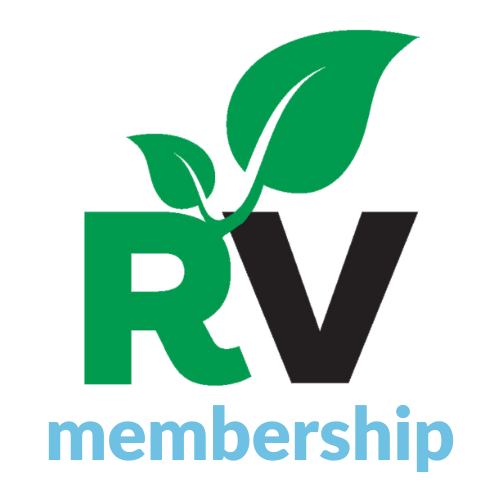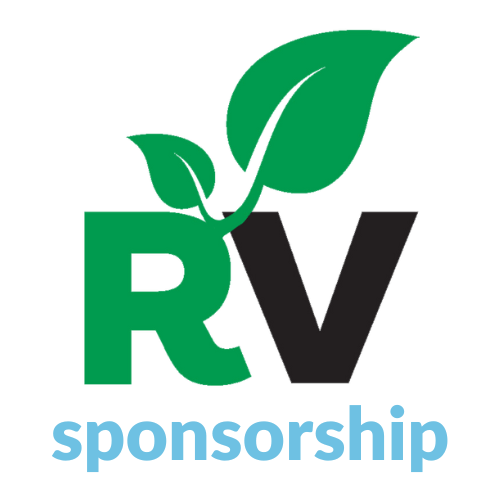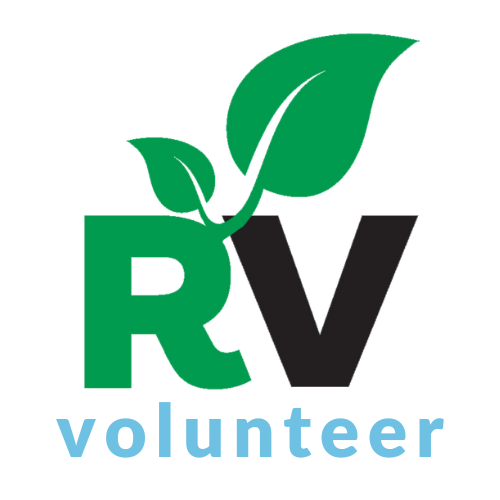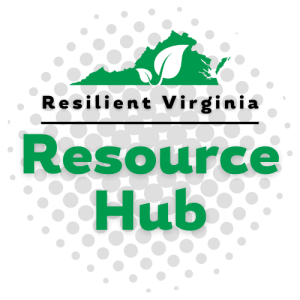
Resilient recovery after the COVID-19 pandemic is going to be challenging but investing wisely has the potential to maximize job creation and the long-term health of the community.
To figure out the best investment strategy, Climate XChange and the Low Carbon Prosperity Institute analyzed the economic and health impacts of 14 different investment programs in Washington State. They found that the most effective path to economic recovery is through the prioritization of investments in programs in clean transportation, forest conservation and ecosystem restoration, clean energy, water and energy efficiency, low carbon agriculture, and sustainable industry – what they refer to as the Resilient Recovery Portfolio. They found that the benefits of these investments far outweigh their upfront costs, supporting over ten jobs per million dollars invested (an increase over the 4.3 jobs per million dollars currently invested by the state’s ten largest industries) and providing significant community health benefits.
Even though the analysis has a strong emphasis on Washington State, the methodology they developed can be used by other communities across the country to provide a screening tool for policymakers and stakeholders to use in constructing a post-COVID-19 recovery plan, supporting a more sustainable future for everyone.
View the report: Building Back Better: Investing in a Resilient Recovery for Washington State




